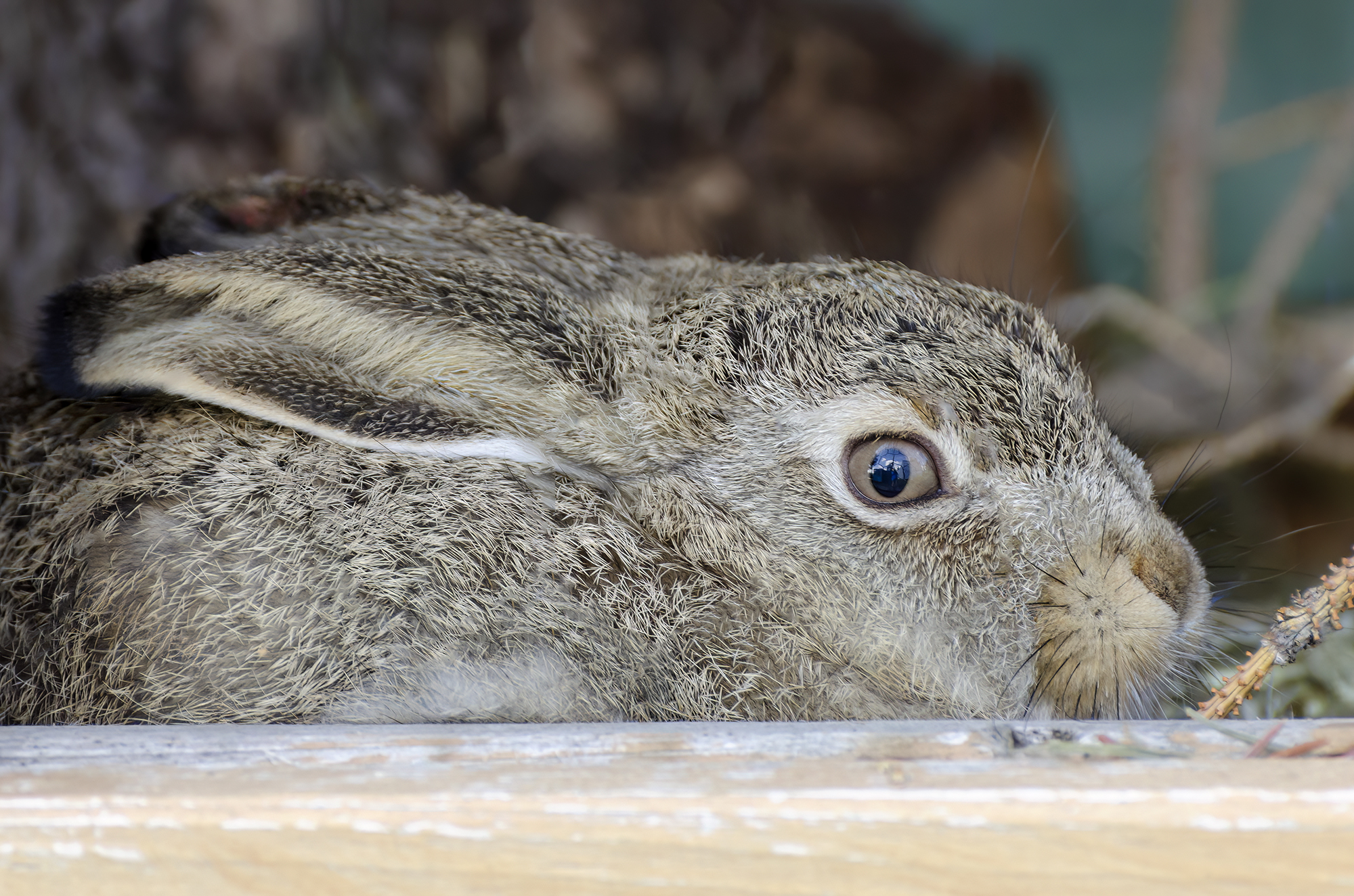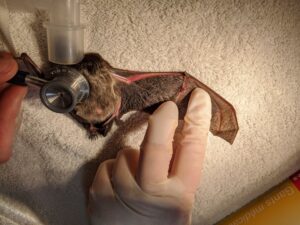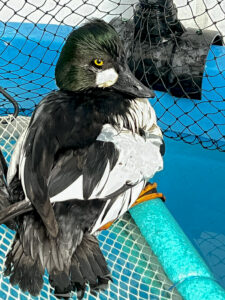By Katie Grant
White-tailed jackrabbits are true hares, not rabbits, and are naturally solitary beings. Living singly or in pairs, they exhibit a distinctive behaviour of molting in the autumn, turning white in northern populations. They are similar in size and form to rabbits but generally have longer ears. Equipped with excellent eyesight, sensitive whiskers, and extraordinary hearing, white-tailed jackrabbits are masters of evasion. If detected, they bound away at an impressive speed, often in a zigzag pattern, reaching up to 55 kilometers per hour, and they are capable of leaping up to 5 meters. Remarkably silent, they will occasionally emit a shrill scream only when injured or caught. Surprisingly, white-tailed jackrabbits are good swimmers and adept at using their powerful hind legs to kick predators when captured.1
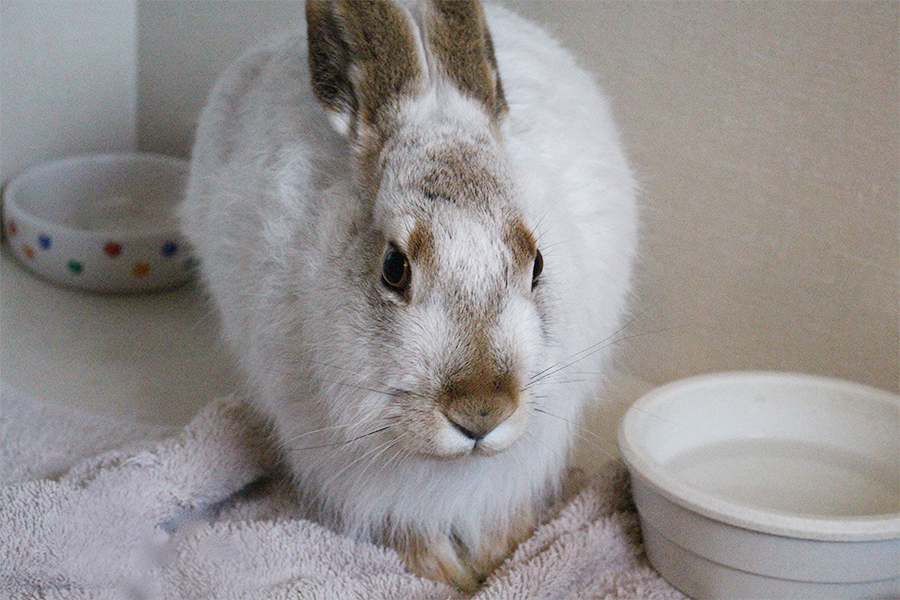
Jackrabbits often inhabit open spaces like urban parks, yards, and schoolyards. These nocturnal creatures rest during the day in a shallow depression called a “form” under vegetation and emerge at dusk to feed. During the February to July breeding season, they briefly come together, practicing a polygynandrous mating system, where both males and females mate with multiple partners.1 It is not uncommon for several males to compete for the attention of a female. This behaviour includes leaping, jostling, and charging at each other.6
With a gestation period of about 42 days, females prepare fur-lined nests under dense vegetation for the birth of their litter, usually consisting of 4-5 young. Born with open eyes and full fur, they start foraging around two weeks and are weaned by four weeks. While they become reproductively mature at seven months, they don’t breed until the following year.1
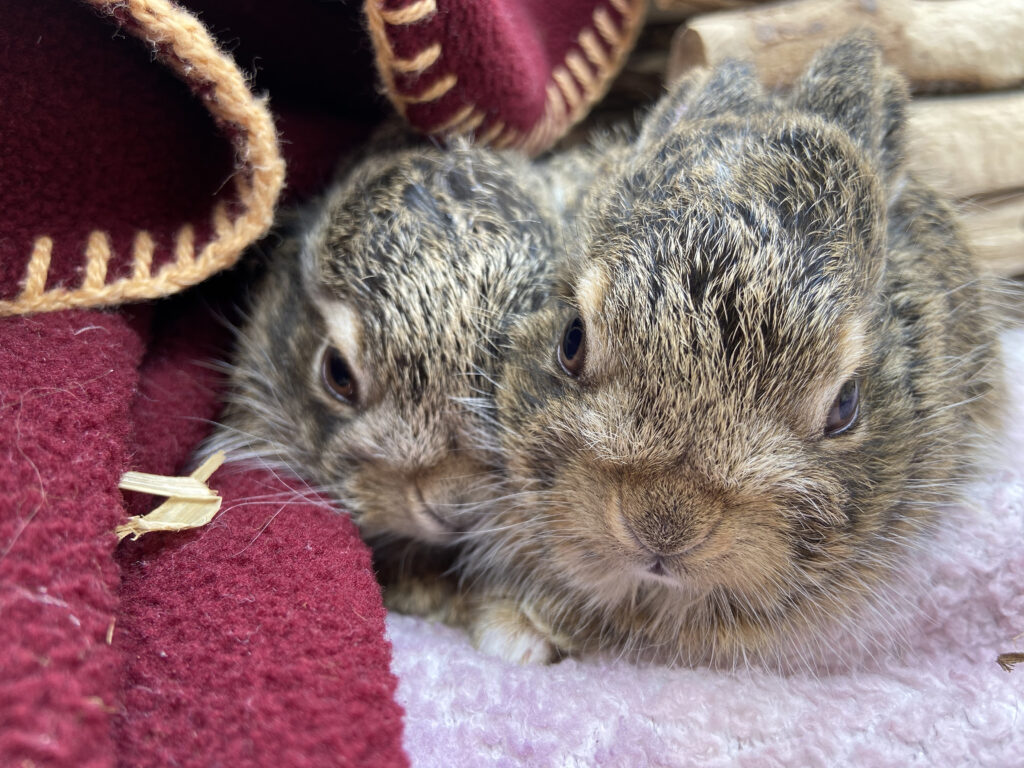
Their young, called leverets, are born with no scent, giving them an effective natural camouflage from predators, and they will often “freeze” in the face of danger.2 It’s common for people to come across seemingly abandoned bunnies during the day, but it’s crucial to understand that females leave their young for extended periods to avoid attracting predators.3 Most baby hares don’t need human intervention, as they are well-protected by their natural instincts and camouflage.4
The mantra for interacting with baby hares is “if you see a baby hare, leave it there.”5 Contrary to myths, the mother won’t abandon their young if touched by humans, therefore, returning them to the area they were found is the best course of action. While there are rare instances when intervention is necessary, it’s crucial to avoid unnecessary handling and interference. Such rare instances would involve a baby hare with obvious physical injuries, or suspected neurological damage recognized by loss of balance or falling over. Wildlife rehabilitation experts should always be contacted in cases of evident injuries or trauma. Taking a baby hare home is never a good idea as they will often die of stress from handling and improper nutrition.4 If a baby hare is found in a dangerous situation such as a busy parking lot or window well, or is accessible to potential threats such as domestic dogs or cats, it is a good idea to gently pick up the baby hare and move it to a safe spot close to where you found them.
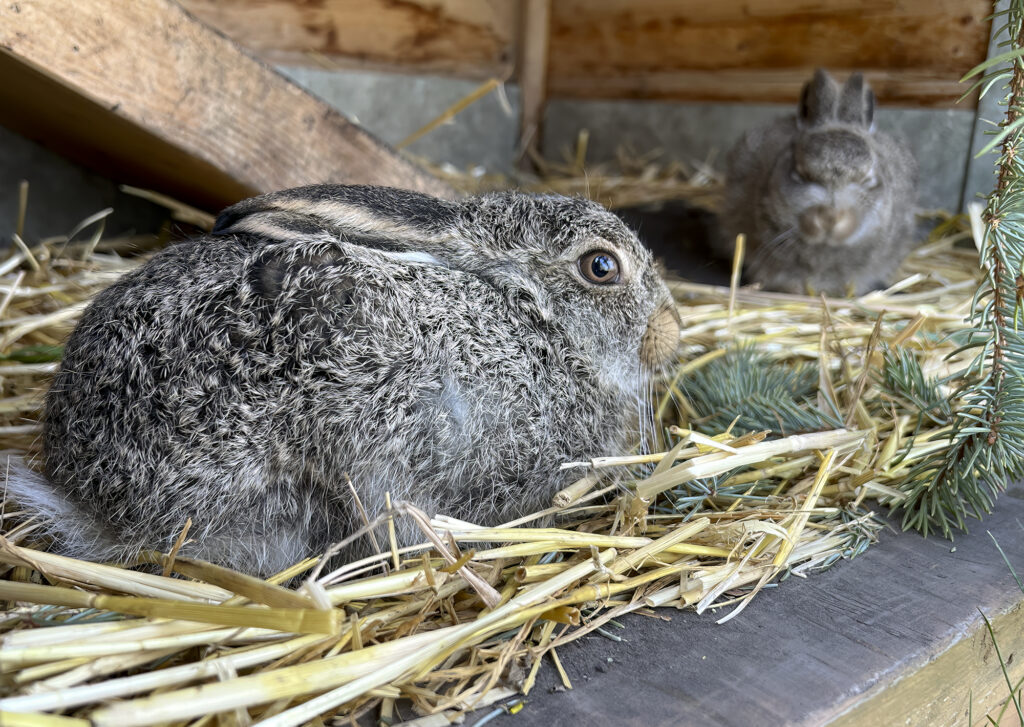
In essence, the white-tailed jackrabbit is a marvel of nature, adapted to survive in various environments. Understanding and respecting their solitary nature and unique behaviours is vital for coexisting harmoniously with these remarkable creatures. “All baby wildlife are best raised by their own mothers, and we should do our best to ensure this bond is not broken.”4
Footnotes
- “White-Tailed Jackrabbit,” https://animalia.bio/white-tailed-jackrabbit
- “Jackrabbit,” 2018. https://animals.net/jackrabbit/
- “If You See a Baby Hare, Remember to Leave It Right There!,” https://www.albertaanimalhealthsource.ca/sites/default/files/uploads/if_you_see_a_baby_hare_provincial.pdf
- “Wild Baby Hares and Proper Handling,” https://www.albertaanimalhealthsource.ca/content/wild-baby-hares-and-proper-handling#:~:text=During%20the%20day%2C%20it%20is%20normal%20for%20mother,camouflage%20which%20protect%20them%20from%20their%20normal%20predators
- Kim Blomme, “If You See a Baby Hare – Leave it There!,” 2018. https://www.abvta.com/if-you-see-a-baby-hare-leave-it-there/
- “White-tailed jackrabbit,” https://en.wikipedia.org/wiki/White-tailed_jackrabbit

